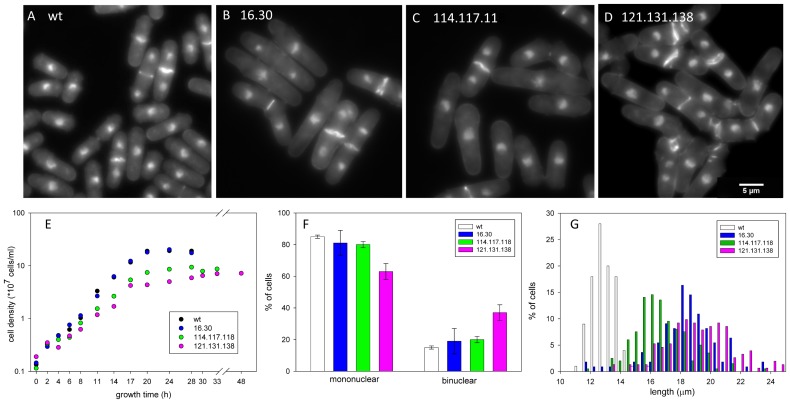Figure 5. Morphology and nuclear number of gene replacement strains.
A–D: representative fields of wildtype and the three mutant strains stained with Calcofluor and DAPI. A. Wildtype cells have typical cylindrical morphology with clearly defined medial septa. B and C. 16.30 and 114. 117. 118 cells are elongated and septa are medially placed but frequently wavy. D. 121.131.138 cells are elongated, often with abnormal shapes and disorganized deposition of septal material. E. Growth curves of wildtype and normal strains. The cell doubling times, calculated from the logarithmic phase of growth, were: wildtype = 2.5 hr, 16.30 = 2.5 hr, 114.117.118 = 2.9 hr, 121.131.138 = 3.3 hr. Strains, 114.117.118 and 121.131.138, reach stationary phase at a lower cell density than wildtype and 16.30. The cell density was calculated using a hemocytometer. The data are averages of two independent experiments. F. Percentage of mononuclear and binuclear cells with standard deviations (two or three independent experiments, n = 400–900 total). All mutant strains show an increase in the fraction of binuclear cells but the increase is statistically significant only for 121.131.138. G. The length distribution of binuclear, septated cells in wildtype and the three mutant strains (two or three independent experiments, n = 100–200 total) indicates that 16.30, 114.117.118 and 121.131.138 cells are longer than haploid wildtype cells because they are diploid. Cells of gene replacement strain 121.131.138 show a broader length distribution than wildtype or either mutant. All strains were grown to mid-log phase in YEA at 30°C.

